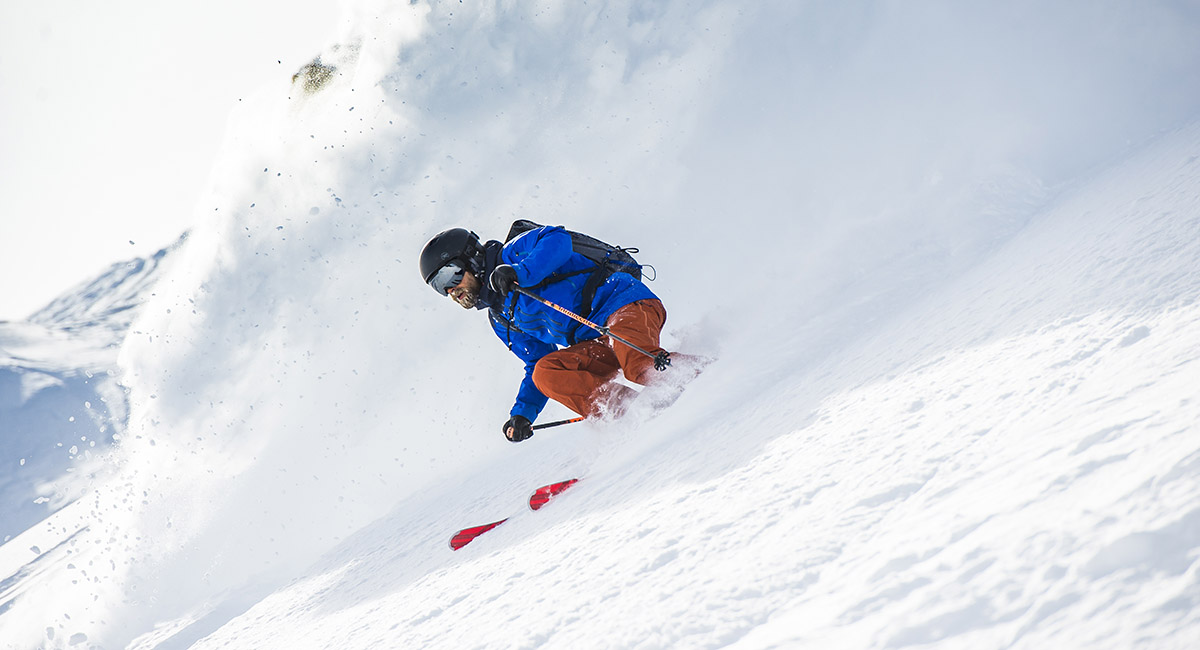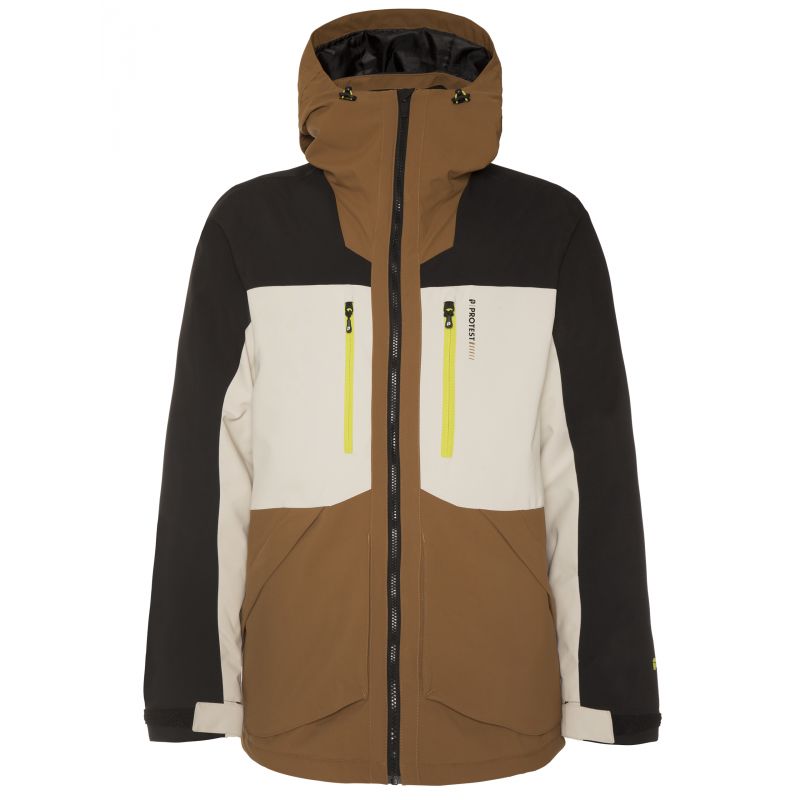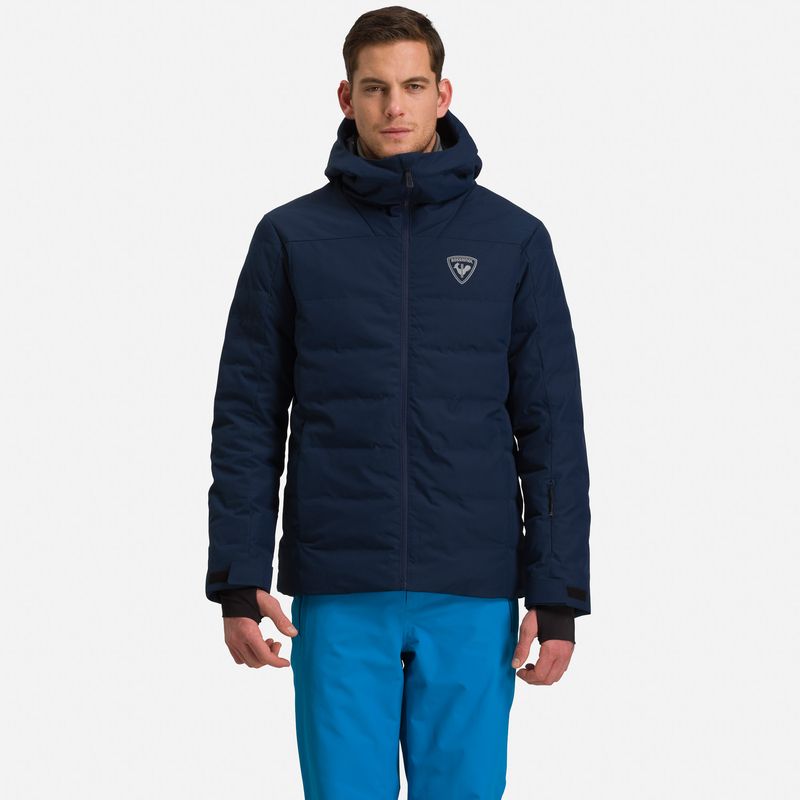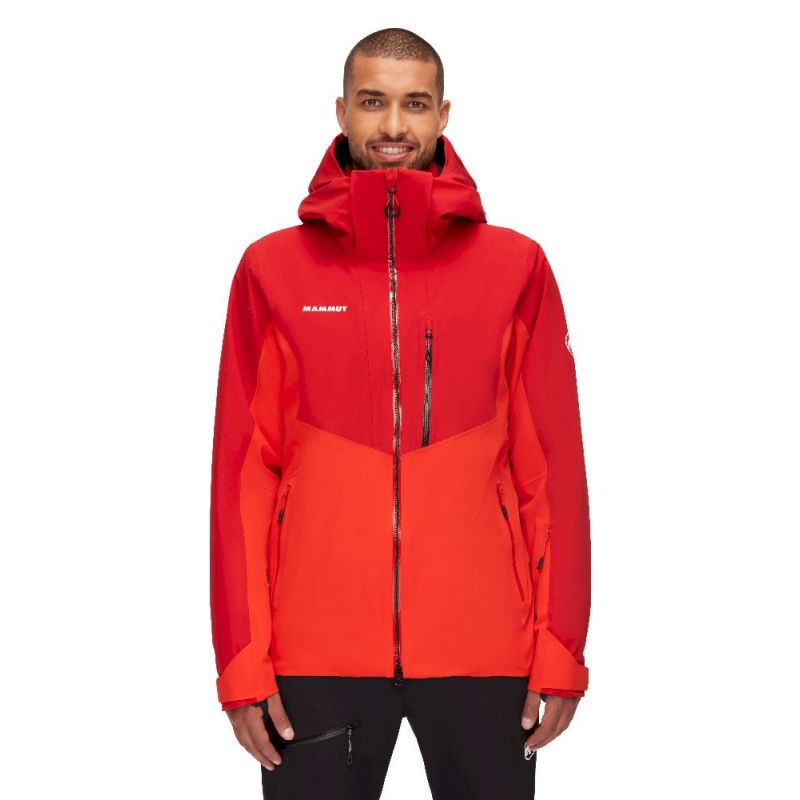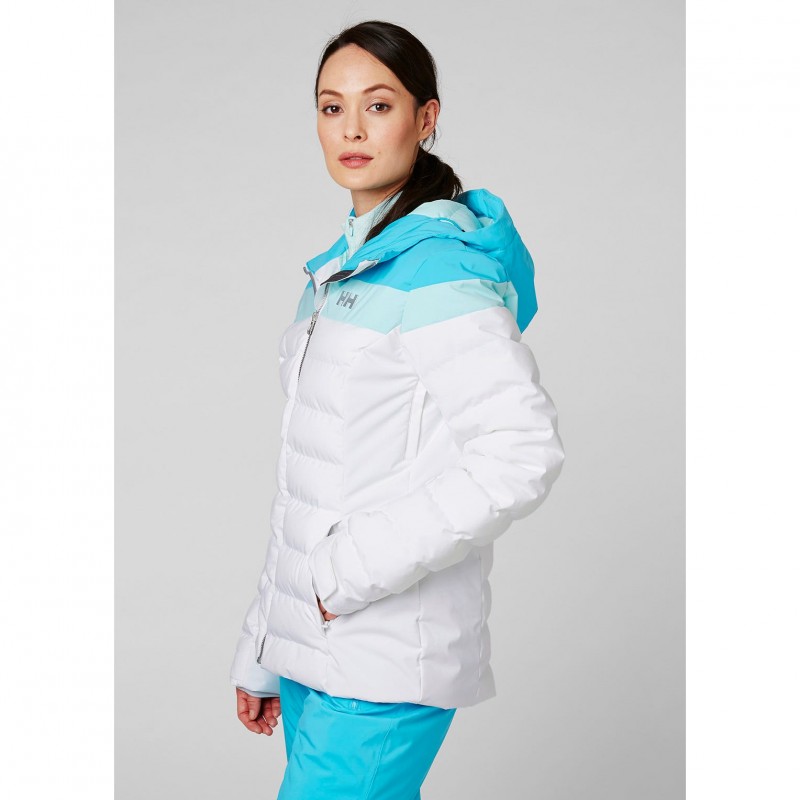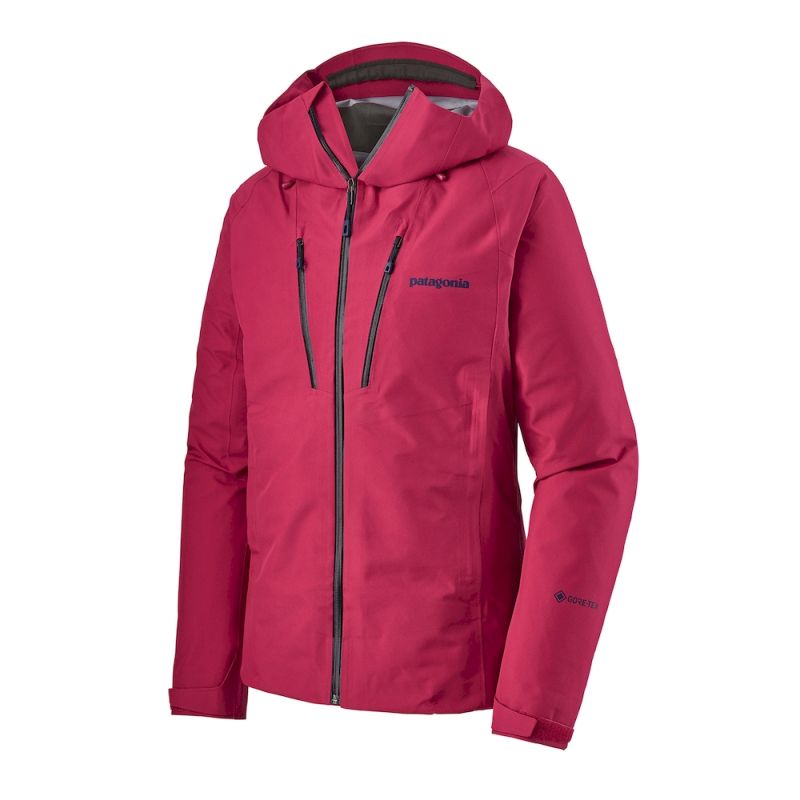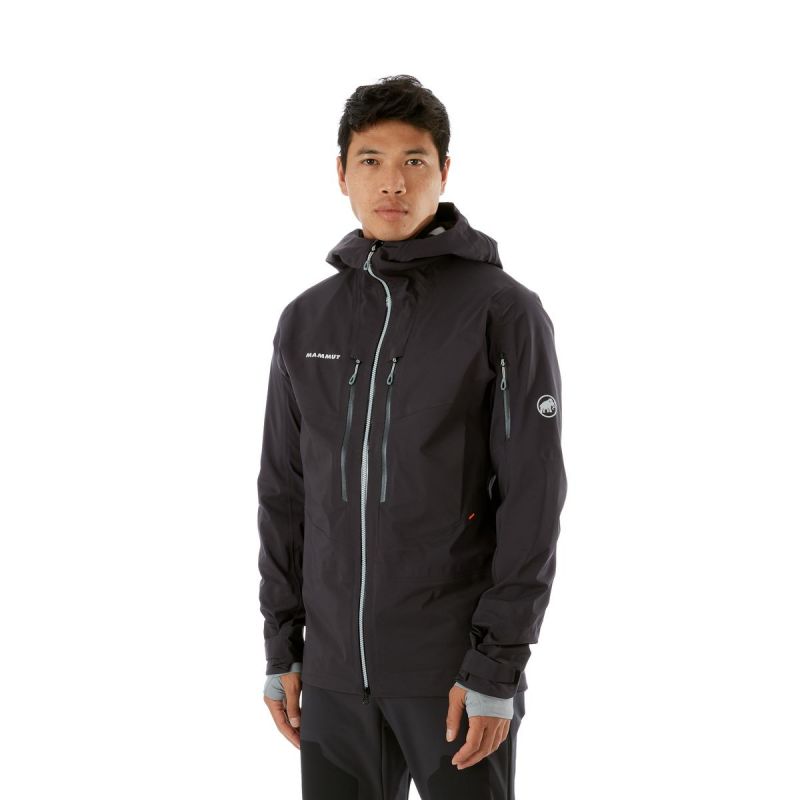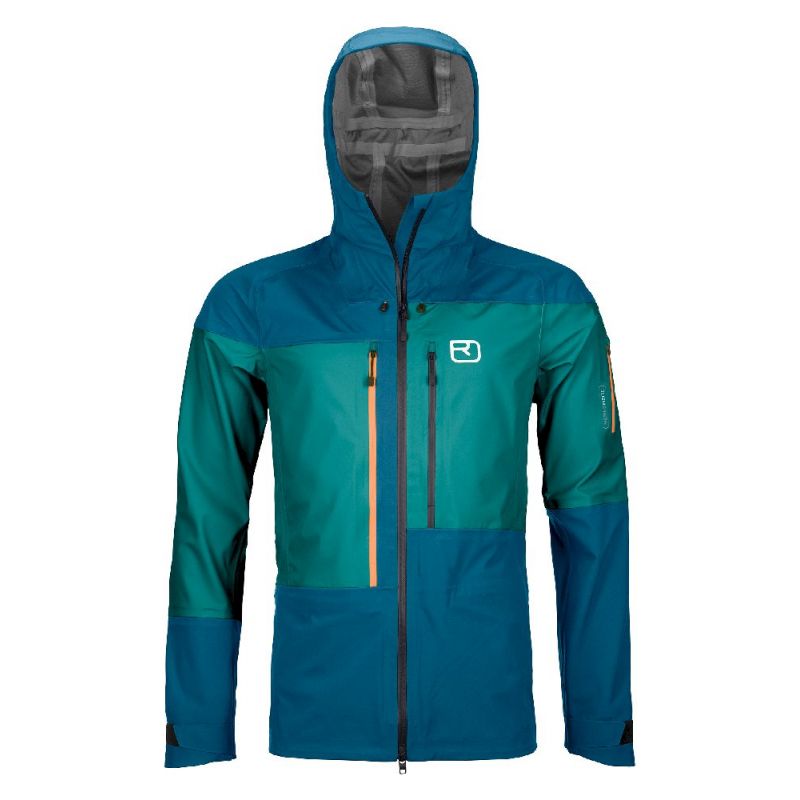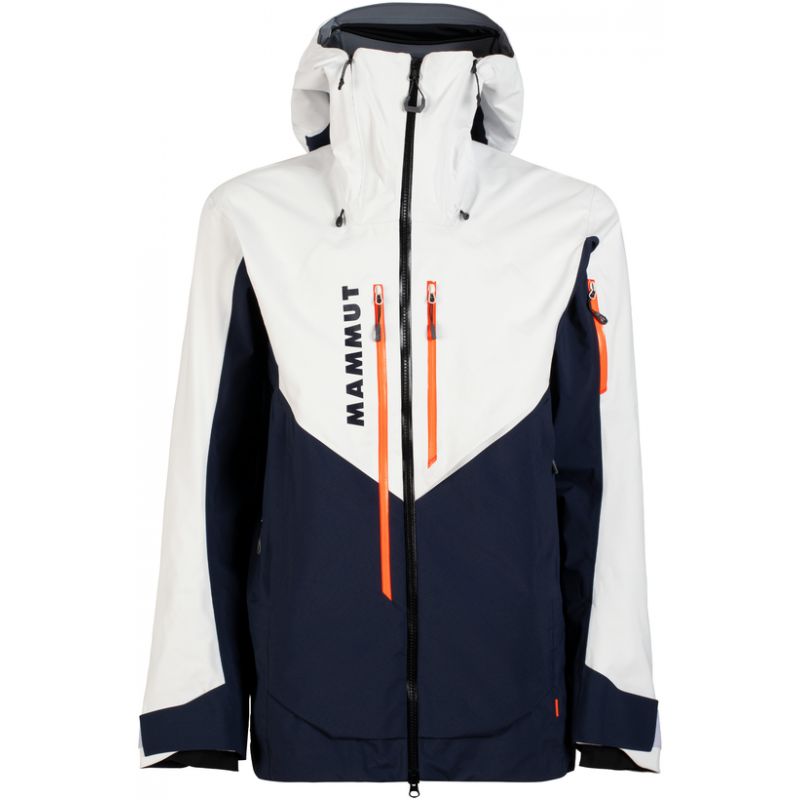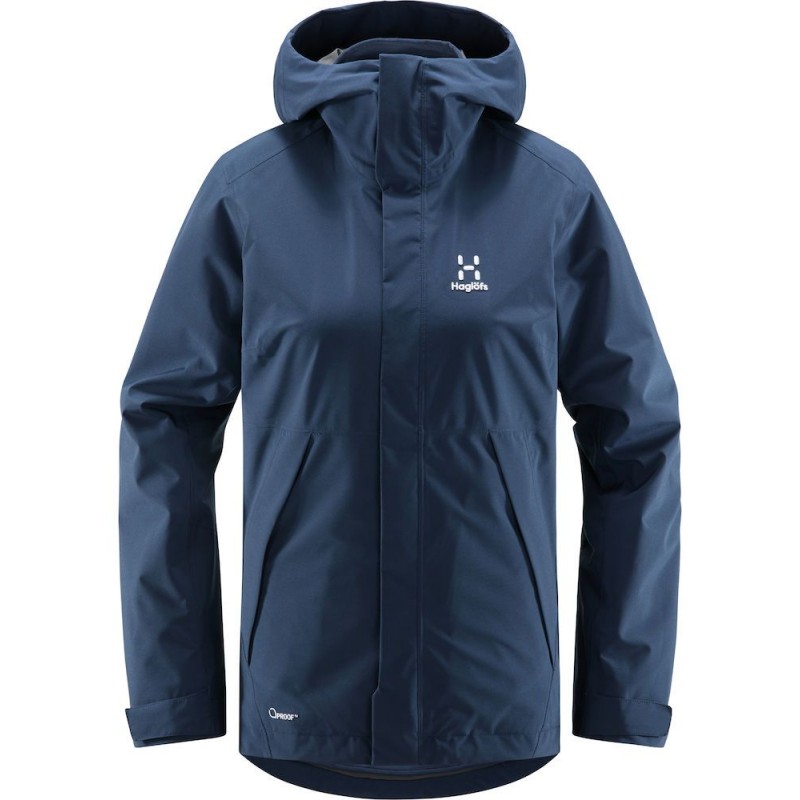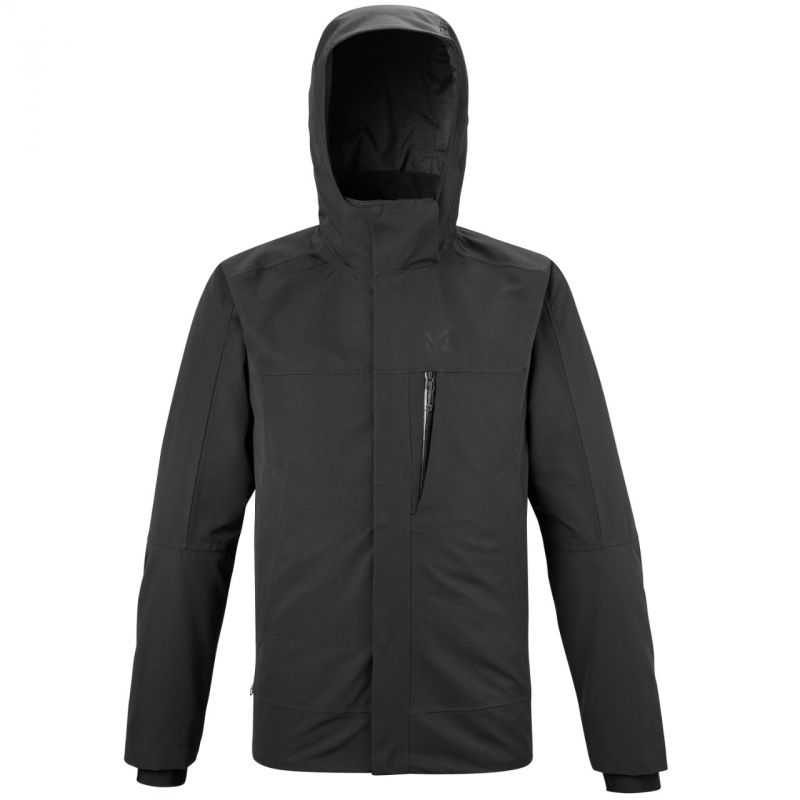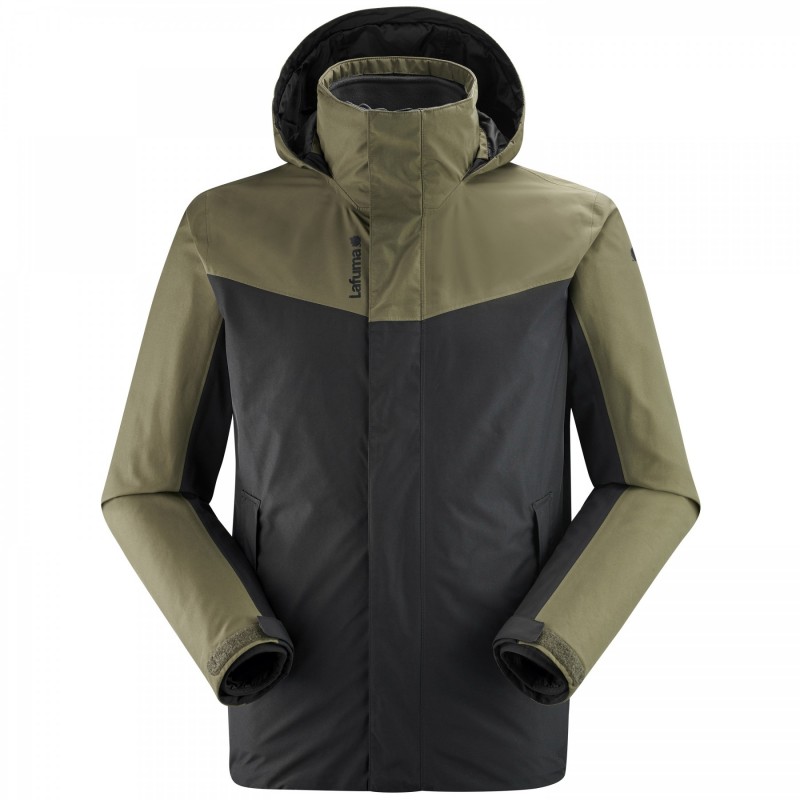You have chosen the ski resort that will host your next vacation, pre-booked your passes and are ready to hit the snowy slopes! However, a small question still torments you: which ski jacket will you wear this winter?
This question is more than legitimate, your ski jacket is just as important as your skis, if you want to fully enjoy the joys of skiing, comfortably installed. Here are some keys to choosing the right ski jacket.
The different types of ski jackets
There are different types of ski jacket, each designed for a different use, it is important to choose the jacket that will be best suited to your practice. A quick overview of ski jackets to find the one that's right for you.
➤ Ski Jackets - Shop
The traditional ski jacket
The traditional ski jacket is undoubtedly the most widespread, it is also the most versatile. It offers excellent waterproofing to deal with all types of weather conditions thanks to robust welded seams (sometimes integrated and invisible). In addition, these jackets often offer ventilation in key areas (under the arms for example), you will stay warm in winter and not overheat in spring.
It also has enough space to vary the intermediate layers depending on the conditions. So, if you want a single versatile jacket that is suitable for each of your ski trips, the traditional ski jacket is for you.
The different degrees of waterproofness, accessorization, quality of the lining, and resistance determine the price of your jacket. If you are skiing in extremely cold regions with recurring precipitation, it is important to bet on a jacket that is as waterproof as possible, however if you are staying on the French mountains, a classic jacket will be perfect. A Gore-Tex® type protective membrane included in the jacket is a good guarantee of staying dry during your descents or the endless chairlift ascents.
The openings are also an important point in the quality of the waterproofness of your ski jacket. Some jackets offer glued zippers with a waterproof strip welded on them. The more waterproof strips you have glued to its openings, the more difficult it will be for moisture to infiltrate. This type of technology makes your jacket much more weather resistant.
For warmth, there are two types of lining:
- Synthetic lining: It provides technicality and breathability, if you make significant efforts, it is widely recommended and has a much longer lifespan.
- The natural down lining: It provides warmth and comfort. Warmer, it provides excellent thermal insulation and has an appreciable cozy character. The more cautious can also opt for a down jacket under the jacket: warm but not very breathable.
Perfectly adapted to:
- A family stay on the slopes of Alpe d'Huez or Avoriaz
- A ski weekend in the Pyrenees
- Freeride outings with friends
➤ Women's Ski Jacket - Shop
➤ Men's Ski Jacket - Shop
The Hardshell for skiing
If you spend a good part of your time looking for the perfect spot on the snowy heights to leave your mark, this type of jacket is made for you! The Hardshell (literally hard shell) is designed to be worn during intense and committed practice.
Skiing on unmarked slopes that are still untouched in search of the perfect trajectory, getting the powder off behind you then taking off your shoes and setting off quickly in search of a new white arena to sign with your skis, this is the ideal use for this jacket perfectly adapted to difficult and changing conditions. It's also great for anyone who likes to use their calves and thighs for climbing rather than the lifts.
The Hardshell jacket is often designed with high-end and technological fabrics such as Gore-Tex or eVent and equipped with taped seams and waterproof zippers. A hardshell specializing in ski touring represents a larger investment, but is aimed at seasoned skiers. Thin and insulating, its characteristics represent the best for practising in complete freedom and in a quest for performance.
Minimalists, you will not find the features expected of a classic ski jacket. Forget the multiple pockets, the technical jackets are primarily designed for the descent, during the ascents and transitions they remain wisely stored at the bottom of the backpack.
➤ How to choose your hardshell jacket?
Perfectly adapted to:
- A ski tour on the heights of Chamonix
- Descend the steep unmarked powder slopes
- A committed practice on the high Pyrenean peaks
➤ Men's Hardshell Jackets - Shop
➤ Women's Hardshell Jackets - Shop
The 3-in-1 jacket
Without doubt the most versatile style of jacket, the 3-in-1 combines a waterproof outer layer, an insulating middle layer and a warm inner lining. It is based on the 3-layer system: a thermally regulated underlayer, a warm intermediate layer and finally a waterproof-breathable outer layer.
Designed as 2 jackets that you can join together with a simple zip, they allow you to wear the waterproof outer jacket independently in wet weather or the insulating intermediate jacket when the weather is relatively mild. You can also wear them together when the temperature drops and you need both waterproof protection and thermal support.
It's the perfect jacket for skiers who will face a wide range of weather conditions during the season.
Perfectly adapted to:
- A versatile practice in various regions
- A ski holiday in a region where you do not fully control the vagaries of the weather
- Regions with a cold and changing climate
➤ Women's 3-In-1 Jackets - Shop
➤ Men's 3-In-1 Jackets - Shop
10 characteristics for choosing the right ski jacket
1. Waterproofness
The impermeability measurement is the Schmerber, the higher it is, the more your membrane will be water-resistant. To measure the waterproofness of a fabric, it is placed under a column filled with water, and then the height of water necessary for the first drops to pass through is measured. Thus, the greater the depth of water, the more waterproof the fabric will be.
1 Schmerber = 1 water column of 1 mm. Above 10,000 Schmerber, you will be dry, however, if you prefer powder skiing, do not hesitate to equip yourself with a 20,000 Schmerber jacket to stay dry despite the very fresh and volatile snow.
2. Ventilation zips
Often located in the armpit and chest areas, ventilation zips allow you to bring in fresh air without having to open your ski jacket. The evacuations can be total or in the form of a net so as not to let the snow penetrate when they are open. Mandatory for all committed skiers!
3. The anti-snow skirt
This feature is integrated into your jacket, it is an addition to prevent snow from entering your shell. Your (rare) falls or dust projections give the snow the possibility of getting in through the underside of your jacket. The snow skirt is there to keep you dry and prevent that icy intruder from spoiling your fun. Some ski jackets can work with pants.
By attaching with press-buttons, your outfit becomes one and the snow has no chance to enter!
4. Pockets
Although your ski jacket is not a holdall, you often need to carry it with either many small accessories (ski pass, keys, identity documents, smartphone, handkerchiefs, etc.). However, the more committed your practice, the more minimalist your jacket should be, you really only need two external pockets and one internal pocket.
Conversely, for a leisure practice, the pockets multiply so that you can store what you need with you. You can find chest pockets, internal pockets specially designed for your audio cable (headphones/headphones), very practical sleeve pockets to slip your pass in...
5. The hood
Almost all ski jackets have them, you will therefore differentiate them according to different criteria. Hoods can be adjustable, removable, furred or not. In addition, most now allow you to use a helmet.
6. Cuffs & thumb loops
All ski jacket cuffs have a tightening system, it is very often with Velcro, but it can also be done with an elastic system. They allow you to adjust your jacket according to the size and shape of your gloves, this is an important parameter if you do not want the wind to penetrate your ski jacket through the sleeves.
Also, the thumb loops are an additional asset for staying warm, thanks to their elasticity they bring comfort to the sleeves, they are better maintained, and your wrists will never feel the cold wind from the peaks.
7. The RECCO beacon
This small beacon sewn into your jacket allows rescue teams to find your trail in the mountains using a transponder. This avalanche safety is more and more recurrent and most resorts are equipped with this technology.
8. Waterproof zippers
Waterproof zippers have become more popular and many brands have adapted this technical feature to all their ski jackets. They prevent moisture from entering through the closures.
9. The cut
The cut is not just a "fashion" aspect when choosing your ski jacket. Adopted by snowboarders and freestylers, the loose fit also allows for layering underneath your ski jacket. On the other hand, skiers who prefer not to cover themselves too much will prefer close-fitting cuts for optimal insulation. Once again, this type of choice is made according to your practice and the conditions you will encounter.
Fitted, standard or loose, the choice is yours!
10. The thermal lining
As stated above, there are natural thermal linings and synthetic linings. It's the difference between a traditional ski jacket, fitted with a thermal lining, and a hardshell which exclusively provides waterproof-breathable outer protection. In terms of lining, Primaloft® and E-Loft are benchmarks for insulation, warmth and comfort.
What should you wear under your ski jacket?
Now that you've chosen your ski jacket, all you have to do is select the right clothes to wear underneath. This is an opportunity to understand how the 3-layer system works.
The 3-layer system protects you from humidity, cold and bad weather while guaranteeing good breathability. It consists of the succession of an anti-sweat thermal underlayer, a thermal layer (fleece or softshell type) and a breathable waterproof layer.
The first technical layer
Like a second skin, the technical base layer is worn directly on the body and adapts perfectly to your movements. It evacuates your sweat and regulates your temperature. Its quick drying keeps you warm and dry in all your activities. Choose it very close to the body, it must really behave like a second skin, a technical base layer must not be too loose.
See technical ski technical layers +
The second insulating intermediate layer
This is worn under your ski jacket and keeps you warm in a comfortable cocoon. It can be more or less thick depending on the temperature and the conditions, its role of thermal insulation envelops you and keeps you at a pleasant temperature. Fleece or softshell, the intermediate jacket is essential for skiing.
The third protective layer
It constitutes your first wall against bad weather thanks to its waterproofness. A real outer shell, your ski jacket protects you from wind, snow, and rain. Breathable, it evacuates your excess heat so as not to sweat, it is also very often equipped with multiple vents. Your protective jacket is the guarantee of keeping you dry whatever the weather conditions.
Likewise, it allows you not to be soaked in the event of a fall! Your ski jacket acts as the third and final layer. Its warm lining allows you, depending on your chilliness or the season of practice, to do without the second layer. Unless you are skiing in Hardshell, your second layer will be essential as it will be your only heat supply.
You now know how to choose the right ski jacket and what you should wear underneath to ski comfortably and warmly. The resorts of the most beautiful mountainous regions of France and abroad await you impatiently!
➤ Ski Jackets - Shop
Do you have a question or doubt about choosing your ski jacket? Contact our team on the phone +33 (0) 1 84 67 14 24 (free calls) or by writing to our Help Center. We will be happy to help you find THE perfect ski jacket for all your snowy adventures!
Photo credit : ©Blake Jorgensen/Rossignol - ©Hardloop - ©Tim Laman/Patagonia - ©Hardloop
